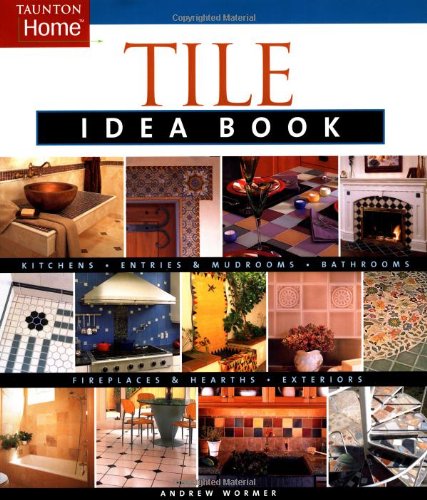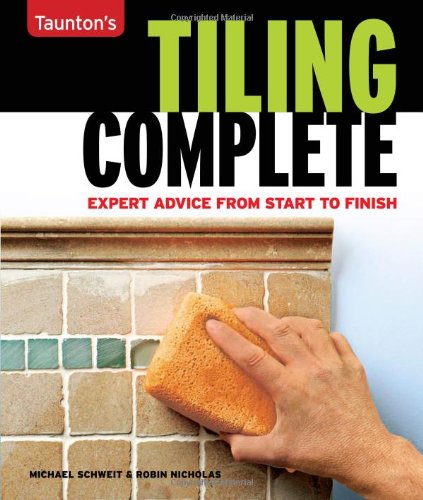
Have you noticed larger flooring tiles, especially the ones that make the floor look like it's wood? Or maybe you've admired tile flooring with lovely patterns. These floors are typically done with rectified tile but you're probably wondering, what is rectified tile?
Rectified tile is ceramic or porcelain tile that's gone through an extra manufacturing step to make sure the tiles are uniform in size. That's because ordinary tile is molded and fired. The tile expands and contracts during the manufacturing process, so they aren't the same exact size when done. These differences range from the width/length (when looking down at them) being different, to the thickness of the tile varying a bit. With rectified tile, the tiles are cut so that they're equal in width and length … but nothing is done to correct differences in thickness.
When Should You Use Rectified Tile?
As you would expect, this extra step in the manufacturing process adds cost. So here are some of the reasons why you might want to spend the extra money.
- You want thin grout lines which is possible when you know the size of the tile is uniform.
- You want clean, precise grout lines that have ninety degree corners.
- You want larger tiles, generally twelve inches or larger, because it's not practical to trim smaller tiles.
- You want fired tile instead of natural stone (marble, granite or travertine) which is already rectified because it is cut from larger blocks of stone.
What the Pros Have to Say About Rectified Tile
When researching this topic, it was fun to see so many different opinions from professionals who live and breathe tile. The one concern that seemed valid and important had to do with grout lines. Several pros explained that if you place rectified tile too close together, you're likely to feel the differences in height. So here's my favorite video (below), showing how this tile is installed.
And for those brave enough to tackle their own tile projects, here are a few books to help you learn what you need to know …
Tile Idea Book: Kitchens, Bathrooms & More












Leave a Reply